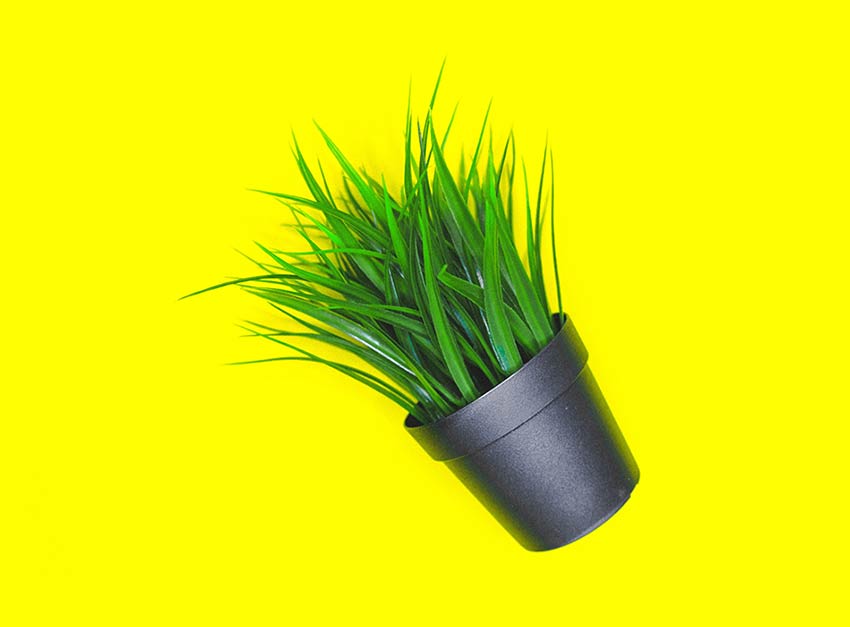Is artificial grass ever better than real grass? Let’s take a look at some of the places where you might grow a liking for fake grass, even if we’ll always believe real grass is better.
If you’ve read our recent articles about The Campaign Against Artificial Grass and Why Artificial Grass is Bad, you might be getting the idea that we don’t like artificial grass… and you’d be right! It’s hard to recycle, can pollute soil, isn’t wildlife friendly, and so much more.
However, we’re nothing if not fair, so since we’ve already talked about the problems with artificial grass, we’re going to discuss places where artificial grass may have a purpose and how to reduce its negative environmental effects if you do need it.
Upgrading your retail displays

One use of artificial grass could be for creating realistic indoor displays in brick-and-mortar garden centres (or in online images, if you’re an online retailer).
Not only will it give your displays a touch of green and give people an idea of how your products may look in their gardens, but there’s the obvious benefits of not needing to water or groom your garden-loving display.
Decorating indoor spaces

Another place that artificial grass may be more convenient is in interior decorating.
When you’re looking for a splash of colour and life that plants provide, but perhaps your home doesn’t get much natural light or you’re away too often for consistent watering, artificial grass or plants may be a good alternative.
However, we’d always recommend looking for plants that suit your lifestyle instead, as many plants don’t require regular watering or much light—and did you know there are also links between gardening and better mental health?
For safe sensory experiences

Artificial grass may also be a safer, cleaner alternative for sensory environments, whether that be in nursery playrooms, nursing homes, or hospitals.
If the experience is for someone who is too young to be left alone with real grass and soil or may struggle to get to an area with nature, artificial grass may provide a similarly calming experience.
Of course, try to make sure your artificial grass is recycled or repurposed to minimise its effects on our planet.
How to recycle artificial grass?

Even today, artificial grass is extremely difficult to recycle as it’s so hard to separate the recyclable plastics from the sand and infill used to make it. Although certain businesses do now have the technology to separate these elements to truly recycle artificial grass, it’s still quite limited.
Although you may find someone out there who can help you recycle artificial grass, it may be easiest to find another way to use it once it’s served its original purpose, such as:
- Lining for drawers
- Mini football pitch in the kids’ room
- Using offcuts as mats, for catching bits from pet bowls or Christmas trees
- Creating a bird feeder by putting birdfeed onto the grass—finally a benefit for nature!
As you can see, artificial grass may have its uses in indoor settings, and may one day be more easily recyclable and less harmful to the environment. However, until that time comes, we’ll always recommend sticking with real grass where you can.
Looking to grow your knowledge on artificial grass?
For the main problems with artificial grass, read our existing blogs:


